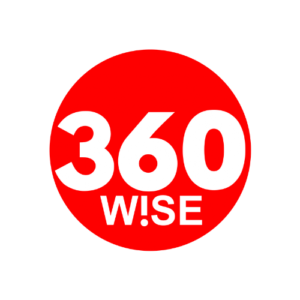CLEVELAND — In the 1970s, the U.S. took a positive step forward in helping people with developmental disabilities by mandating that all children, regardless of ability, be accepted into public schools.
Fifty years later, schools across the country have developed robust programs to support students with developmental disabilities. But, when those students age out of secondary school, parents are left wondering what’s next?
“I worked with students who were between the ages of six and 12, and even at that point, we were having the conversation of, what does life look like post-high school?” said Megan Howie, the community living director at Hudson Community Living. “What is the options for leaving our house? What is going to happen when I can no longer care for my child?”
The Faiman family, based in Hudson, Ohio, faced those questions. Their daughter, Sarah, has epilepsy and autism. At 22-years-old, she aged out of high school.
“There was nothing,” Dave Faiman, Sarah’s father, said. “You’re reinventing everything… It’s a really difficult time and all with the goal of trying to figure out what to do with her, you know, life longer term, because she certainly will outlive us all.”
The Faimans began to search for Sarah’s next step — going as far as Atlanta to look for a suitable community for Sarah.
“We just didn’t find that any of them were appropriate for what we wanted,” Dave Faiman said.
The Faimans wanted Sarah closer to home and they wanted her to have a community of peers she could socialize with. They found this at Hudson Community Living.
“She just needs to walk out of her door and see people. She’s been at home the last couple of years, somewhat lonely,” said Cordula Faiman, Sarah’s mother.
Creating community is a cornerstone of the Hudson Community Living model.
“We know statistically that individuals with developmental disabilities are very isolated,” Howie said. “You know, they’re living with their families. They might not be able to see their friends. They might not have access to friends; they might not have access to other individuals who have developmental disabilities.”
Hudson Community Living is a nonprofit. It offers residents an outer-shell of support with resident advisers, community programming and an optional meal plan.
There’s space for 32 residents. But the need is far greater, with Howie saying she has 100 people on the waitlist as of July.
“I think there should be a Hudson community living in every single town,” Dave Faiman said. “…I will guarantee you that this place could be filled up 100 times over, just in northeast Ohio.”
